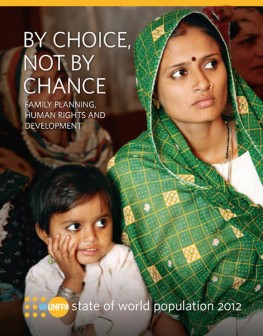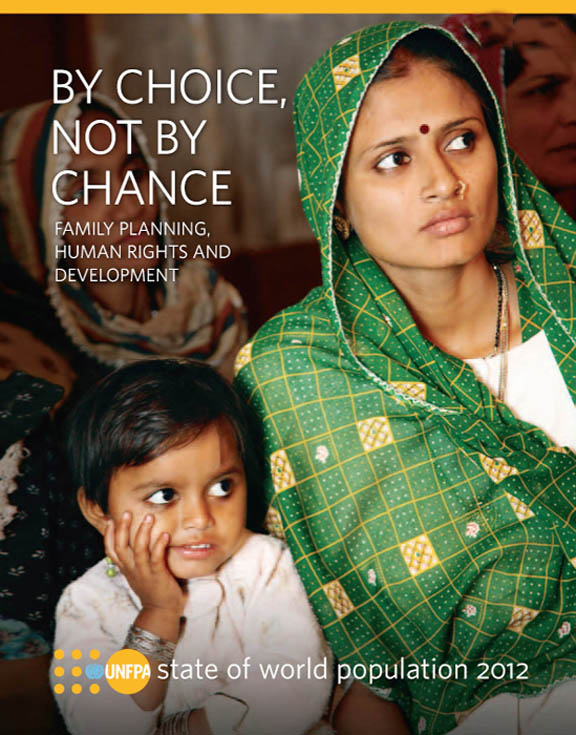-UN report
Young Guyanese men, between the ages of 15 and 24, were twice as likely as young women to have high-risk sex with a non-marital, non-cohabiting partner over the last year, according to the United Nations Population Fund (UNFPA) ‘State of the World Population’ report.
The report, ‘By Choice, Not By Chance: Family Planning, Human Rights and Development,’ which is being launched today globally, said 81% of young Guyanese men are likelier to engage in such behaviour, compared with 40% of young Guyanese females from the same age group.
Only the Dominican Republic and Haiti had higher rates among countries in the Caribbean according to the report, which listed the figure on a table compiled from national household surveys between 2005 and 2009. The report said that for each country, data refer to the most recent year available in the specified period.

This practice was linked to high cases of unwanted pregnancies, infections and sexually-transmitted diseases, such as HIV.
The report noted the gaps between age at first intercourse and age at marriage. “When adolescents and male youth are not reached with appropriate information and services during this interval between first intercourse and when they enter a formal union, they—like their partners—are at increased risk of sexually-transmitted infections and unintended pregnancy,” it continued.
There is also need for males to be more actively involved in family planning and the report lays it at the feet of stereotypical societal cultures that perceive men as being less interested in the number of members of their families. “Many institutions, providers, and civil society organizations must, however, still overcome the persistent, common perception that boys and men are merely disinterested in family planning. Men and boys are often trained from an early age to view fertility matters as women’s responsibility,” it said.
The report said that even when men do want to play more of a role, they are often sidelined by services. “Research into the ways gender norms influence boys and men has challenged stereotypes about their attitudes and behaviours, highlighting opportunities for health promotion and efforts to achieve gender equality,” it added.
The report also includes local statistics in the areas of maternal and newborn health, sexual reproductive health and education.
In the area of maternal and newborn health, the report noted that in Guyana’s case the maternal mortality ratio (deaths per 100,000 live births) for 2010 was 280. The percentage of births attended by skilled health personnel over the period 2000 to 2010 was given as 87%, the adolescent birth rate per 1,000 women (aged 15 to 19) for 1991 to 2010 was 97% and the under-age five mortality rate per 1,000 live births for the period 2010 to 2015 was forecast at 47%.
For Guyana, the contraceptive prevalence rate, among women aged 15 to 49 using any method in the period 1990 to 2011, was given as 43%. The country’s contraceptive prevalence rate among women in the same age group using “the modern method” in the same period was 40%, and the percentage of unmet need for family planning, in the period from 1988 to 2011 was given as 29%.’
Further the report also shows that an estimated 867 million of a total 1.52 billion women of reproductive age, in the developing world, need contraceptives. Further, only 645 million are currently using modern contraceptive methods, it said.
According to the report, “For a majority of people in developing countries, especially the poorest ones, the power and means to determine the size of their families are scarce or inadequate. An estimated 222 million women lack access to reliable, high-quality family planning services, information and supplies, putting them at risk of unintended pregnancy,” it said.
This year UNFPA estimates that there will be 63 million unintended pregnancies and approximately 40 million will be from women who lack access to modern contraception.
Meanwhile, in education, it was found that the net percent of school-age children enrolled in primary schools in Guyana between 1999 and 2011 was 82% among boys and 86% among girls. The figures for secondary school enrolment for the same period showed a 78% rate among boys and 83% among girls.
The objectives of the UNFPA report are to radically increase financial support and political commitment, promote family planning as a right, and integrate voluntary family planning. In addition, it aims to eliminate economic, social, logistical and financial obstacles, reduce the number of unintended pregnancies and abortions, and make family planning programmers available to the full range of users, among others.
Guyana’s Chief Medical Officer Dr. Shamdeo Persaud will officially launch the report here on Saturday.





